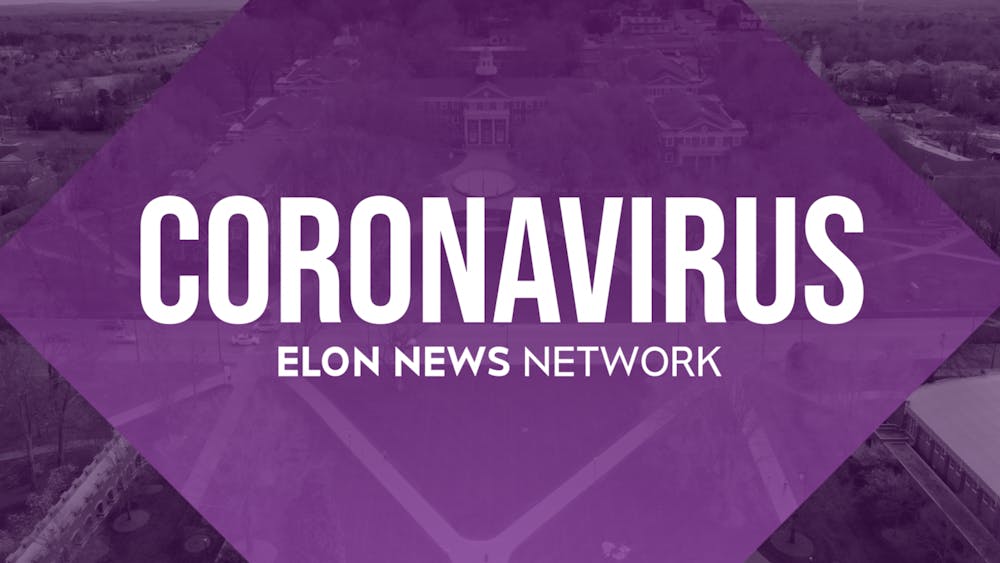North Carolina schools are closing their campuses through the end of the 2019-20 school year following the outbreak of the coronavirus. North Carolina Gov. Roy Cooper issued a shelter-in-place order for the entire state until April 30, in addition to a previous order for K-12 schools to remain closed through May.
But learning at home could prove to be difficult for students from lower-income households. According to Education Week, the achievement gap is the difference in academic performance between groups of students, such as low-income and high-income families.
“Moving abruptly to a system where students must have working technology, a consistent Wi-Fi connection, and a space to focus on work definitely highlights already existing inequities,” said Kim King, the director of virtual learning and media services at Charlotte Mecklenburg Schools.
The North Carolina Department of Public Instruction ranks schools on a 15 point scale based on a composite achievement score and academic growth. NCDPI reported that 10% of schools in the CMS system received an A ranking for the 2018-2019 school year – while more than a quarter of schools — 27% — received a D or F. In higher-scoring schools, 14.7% of students on average were economically disadvantaged. That number jumps significantly to 56.1% in lower-scoring schools. NCDPI does not provide a numeric threshold defining economic disadvantage.
This March, the CMS Foundation’s COVID-19 Relief Fund received a collective $1 million donation from the David A. Tepper Charitable Foundation, John M. Belk Endowment and David Belk Cannon Foundation. The money provided students in need with 6,000 internet hotspots for six months of prepaid access.
At Elon, the Center for Access and Success also gave technology to students in need following the announcement that Elon would transition to online classes.
Though the center’s director Jean Rattigan-Rohr said the achievement gap remains a national issue, she said the problem is less present at Elon, and online classes likely won’t change that. All students that contacted the center about technology needs “found options to connect for their online instruction,” according to Rattigan-Rohr. Students can still find support from the Center for Access and Success through daily WebEx drop-ins, group chats and email checks, she said.


